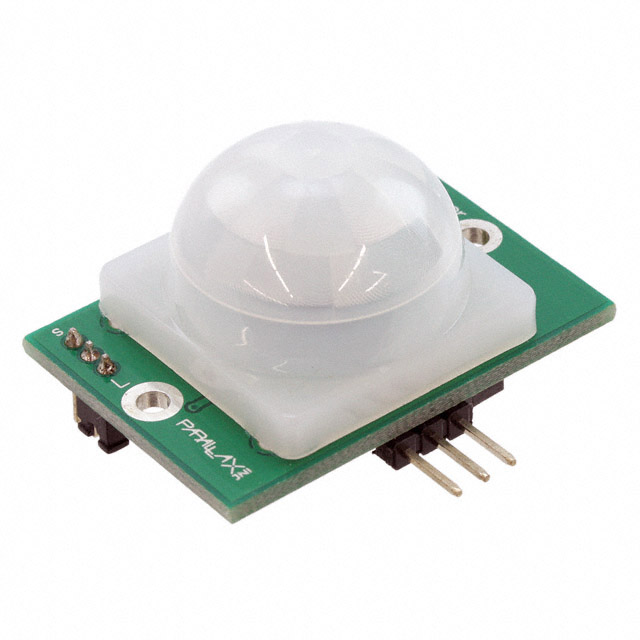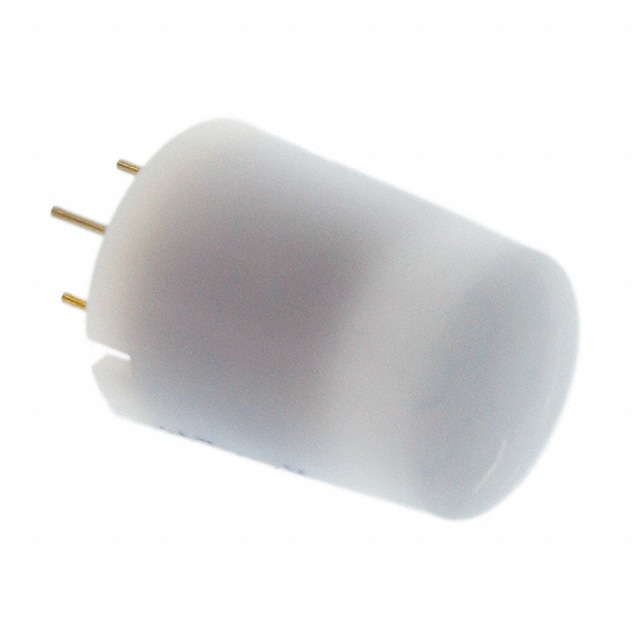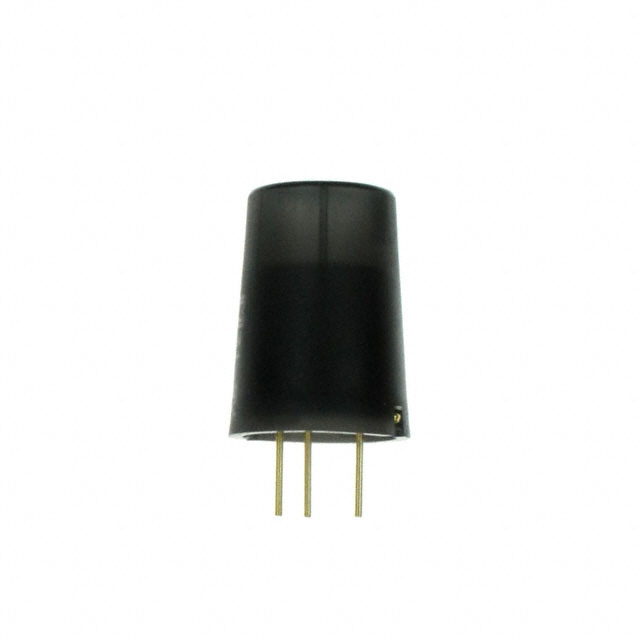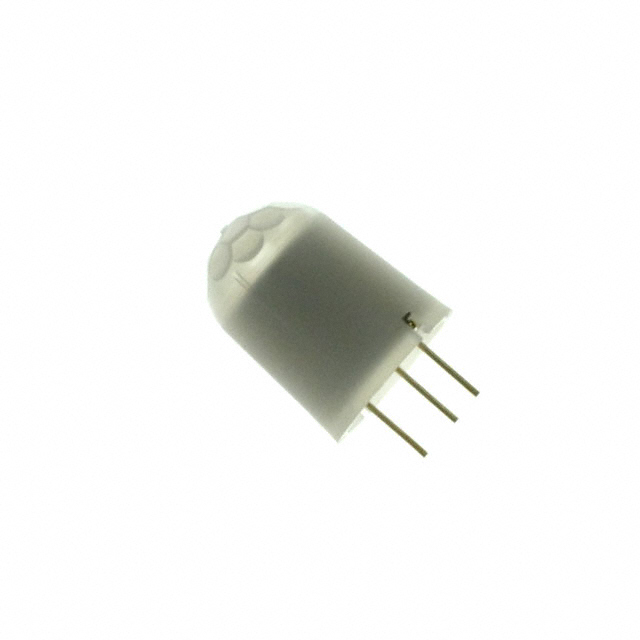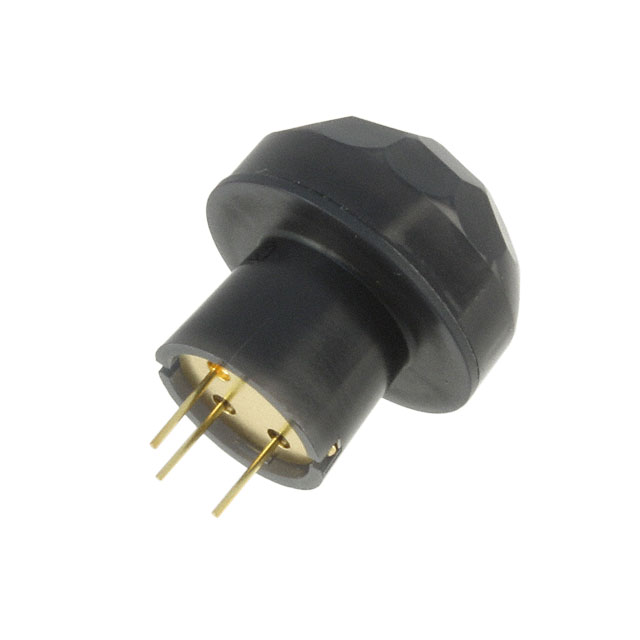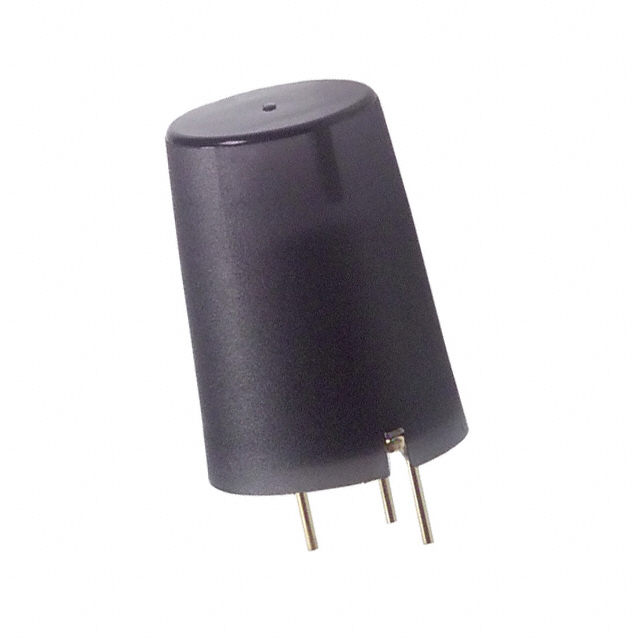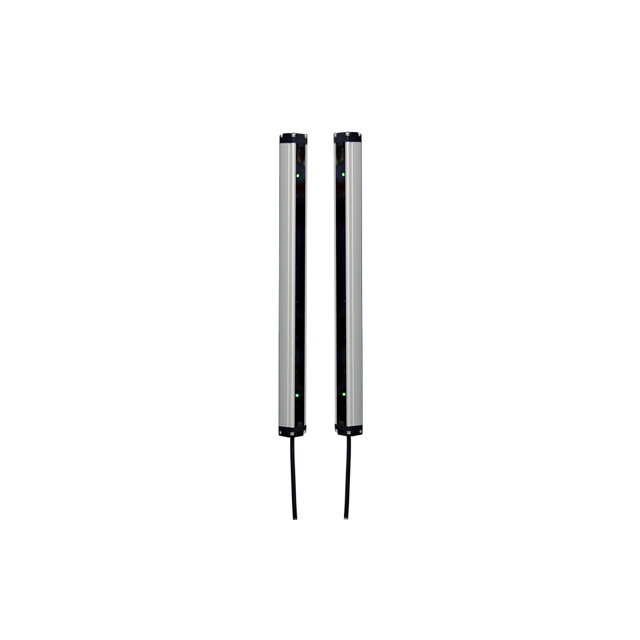

Motion Sensors:Description,Components and Types
Catalog
Description of Motion SensorWhat is a Motion Sensor?Motion Sensor ComponentsTypes of Motion SensorsFinal wordsDescription of Motion Sensor
The very first motion sensor was invented back in 1950 by a guy named Samuel Bango. He called it a burglar alarm. He took some ideas from radar technology and applied them to ultrasonic waves. This is a type of sound frequency that can pick up on things like fires or intruders—sounds that people can’t hear. The way Samuel’s motion sensor works is based on what’s called the “Doppler Effect.”
These days, most motion sensors still rely on the basic idea of Samuel Bango's detector. There are microwave and infrared sensors that detect motion by noticing changes in the frequencies they create.
To really get how motion sensors work, it helps to understand how a camera operates. A camera has an image sensor, and the lens helps to focus light onto it. When light hits the image sensor, each tiny part of it, called a pixel, records how much light it gets. The mix of light and dark areas in those pixels comes together to create the whole video image.
What is a Motion Sensor?
A motion sensor is a gadget that can detect moving things, especially people. You often find these sensors as part of a system that does tasks automatically or lets you know when there is movement in a certain area. They are super important for security, managing your home, saving energy, controlling lights, and other helpful systems.
The main idea behind a motion sensor is to spot an intruder and send a warning to your control panel, which then alerts your monitoring center. Motion sensors can pick up on different things, like movement in your living room, doors opening or closing, and even windows being unlocked or locked.

motion sensor
They can also:
- Ring a doorbell when someone gets close to your front door.
- Notify you if kids wander into places they shouldn’t, like the medicine cabinet, basement, or workout room.
- Save energy by turning on lights only when someone is in a room.
Motion Sensor Components
Unlike many other types of sensors that can be handheld, motion sensors are usually built as embedded systems with three main parts: a sensor unit, an embedded computer, and the hardware or mechanical component.
Sensor Unit
The sensor unit is the main part of a motion sensor that detects changes in the environment. There are different types of sensors used for this, like passive infrared (PIR) sensors, microwave sensors, ultrasonic sensors, and dual technology sensors.
Embedded Computer
The embedded computer, also called the processing unit or control unit, analyzes the signals it gets from the sensor unit and makes decisions based on certain criteria. It processes the data to see if motion has happened and can trigger actions like sounding an alarm, turning on lights, or sending alerts to a connected system.
This computer might have microcontrollers, microprocessors, or special integrated circuits (ICs) programmed with algorithms for motion detection. These algorithms help filter out noise and tell the difference between real motion and false alarms caused by things like blowing leaves or small animals.
Hardware (Mechanical Component)
The hardware part of a motion sensor includes the physical casing, how it is mounted, the power supply, and any extra features or accessories. This part gives the support and connections needed for the motion sensor to work properly and be installed correctly.
Enclosure: The enclosure protects the inside parts of the motion sensor from things like dust, moisture, and physical damage. It can be made from plastic, metal, or other strong materials that suit the environment where it will be used.
Mounting Mechanisms: Motion sensors are usually designed to be mounted on walls, ceilings, or other surfaces so they can cover the area they are meant to monitor. Mounting mechanisms like brackets, screws, or sticky pads are used to hold the sensor securely in place.
Power Supply: Motion sensors need power to work. Depending on how they are used, they can be powered by batteries, wired directly into a building's electrical system, or use solar panels to gather energy in outdoor settings.
Additional Features: Some motion sensors might have extra features like adjustable sensitivity settings, built-in timers, or communication options (like Wi-Fi or Zigbee) to connect with smart home or security systems.
These three components work together to help motion sensors detect movement accurately and reliably in all sorts of applications, like security systems, lighting control, occupancy sensing, and industrial automation.
Types of Motion Sensors
There are different kinds of motion sensors available out there, and each has its own pros and cons. The main types include Active Motion Sensors, PIR, Ultrasonic, Microwave, Tomographic, and combined sensors.

Types of Motion Sensors
Active Motion Sensors
Active sensors have both a transmitter and a receiver. They detect motion by measuring changes in the amount of sound or radiation that bounces back to the receiver. When something interrupts or changes the sensor’s field, an electric pulse is sent to the embedded computer, which then works with the mechanical component.
Here are some types of active motion sensors:
Microwave Sensors: These sensors send out microwave pulses and detect changes in the reflected signal caused by moving objects. You often find them in automatic door openers, security systems, and for detecting occupancy in buildings.
Infrared (IR) Sensors: Infrared sensors emit infrared radiation and can detect changes in heat signatures around them caused by moving objects. Passive Infrared (PIR) sensors, a type of infrared sensor, are commonly used in motion-activated lighting, burglar alarms, and automatic doors.
Ultrasonic Sensors: This is the most common type of active motion detector. These sensors send out sound waves to sense the presence of objects.
Dual Technology Sensors: These sensors use two different sensing methods, like PIR and microwave or PIR and ultrasonic, to improve detection accuracy and reduce false alarms. They are often used in high-security situations where reliability is very important.
Radar Sensors: Radar sensors send out radio waves and detect changes in the reflected waves caused by moving objects. You commonly see them in cars for collision avoidance systems, adaptive cruise control, and blind spot detection.
Laser Sensors: Laser sensors emit laser beams and detect changes in the reflected light from moving objects. They are used in various industries for robotics, object detection, and motion tracking.
Acoustic Sensors: These sensors detect changes in sound waves caused by moving objects. They are used for intruder detection, wildlife monitoring, and industrial automation.
Passive Infrared (PIR) Sensor
All warm-blooded animals give off infrared radiation. Passive infrared sensors have a special thin film made from Pyroelectric material, which reacts to this infrared radiation by producing electricity. When this happens, the sensor triggers the burglar alarm. These sensors are cost-effective, use very little energy, and can last a long time. You will often find them used in indoor alarm systems.

Passive Infrared Sensor
Ultrasonic Sensor
An ultrasonic sensor can be either active or passive. The passive ones listen for specific sounds, like metal clanging or glass breaking. These sensors are really sensitive, but they can also be quite expensive and often cause false alarms. Active ultrasonic sensors, on the other hand, send out ultrasonic sound wave pulses and then check how those waves bounce back from moving objects. Animals like cats, dogs, and fish can hear these sound waves, so an active ultrasonic alarm might make them a bit uneasy.

ultrasonic sensor
Microwave Sensor
Microwave sensors work by sending out microwave pulses and then measuring how those pulses reflect off objects. This helps them figure out if something is moving. While these sensors are very sensitive, they can sometimes pick up on nonmetallic objects that are outside the intended detection range. They also use a lot of power, so they are often designed to switch ON and OFF periodically. This can make it easier for you to pass by them if you know their timing. Electronic guard dogs often use microwave sensors.

Microwave sensors
Tomographic Sensor
Tomographic sensors create radio waves and can tell when those waves are disrupted. They can see through walls and other objects, and they are often set up to form a network of radio waves that covers large areas. These sensors can be quite expensive, so you usually find them in places like warehouses, storage units, and other situations that need a high level of security.

Tomographic sensors
Combined Types of Motion Sensors
Some motion detectors combine different types of sensors to help reduce false alarms. For example, dual sensors only activate when both types detect motion. A dual microwave or PIR sensor will start out using the passive infrared setting, which uses less energy. When the passive infrared sensor is triggered, the microwave part will turn ON. If both sensors go off, then the alarm will sound. This combination is great for minimizing false alarms, but it does run the risk of missing real ones.

Combined Types of Motion Sensors
Final words
So, that covers the different types of motion sensors, like Active Motion Sensors,Passive Infrared Sensors, Ultrasonic Sensors, Microwave Sensors, Tomographic Sensors, and Combined types. We hope this helps you understand the topic better. If you have any questions about this or want to talk about sensor-based projects, feel free to share your thoughts in the comments below. Here is a question for you: What are some applications of motion sensors?
Subscribe to JMBom Electronics !



